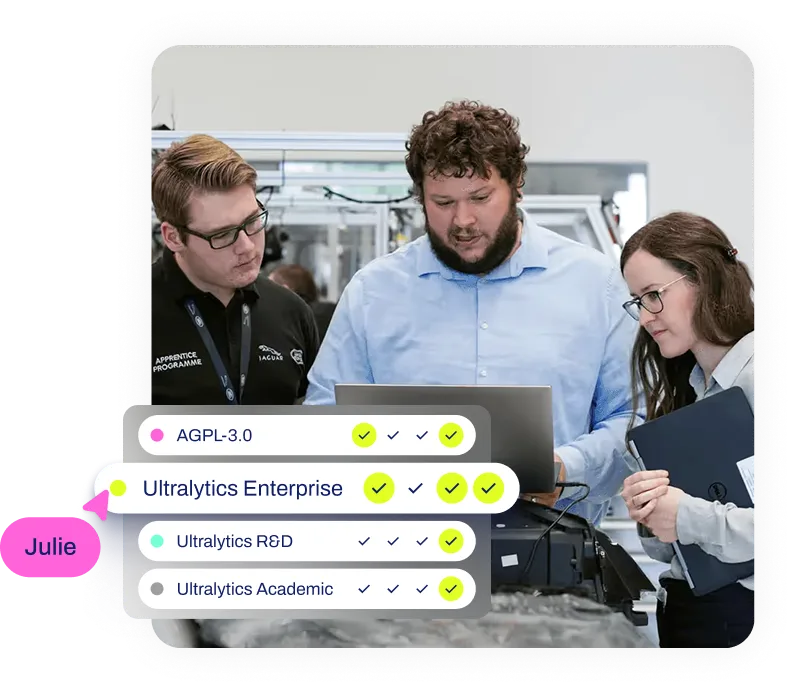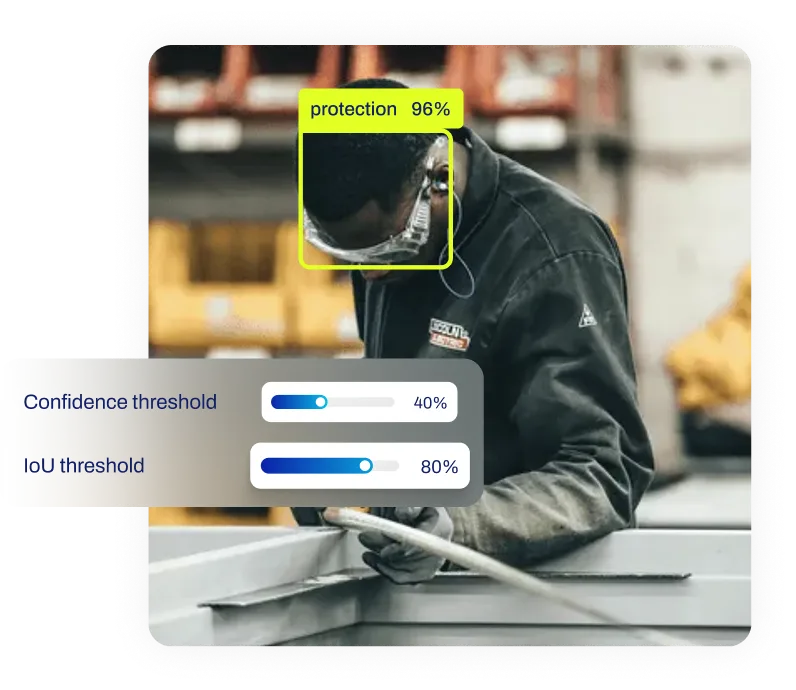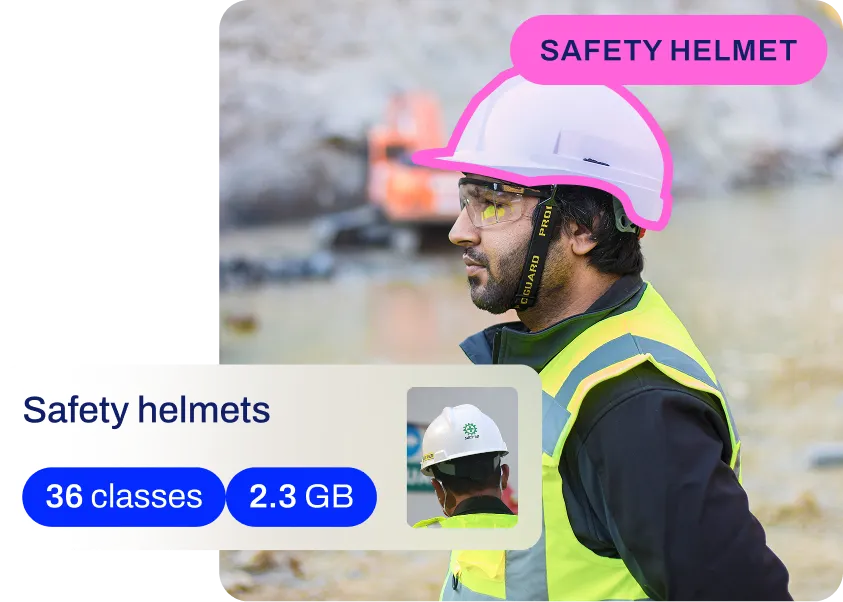Non-Maximum Suppression (NMS)
Discover Non-Maximum Suppression (NMS) for object detection. Learn how it refines results, enhances accuracy, and powers AI applications like YOLO.
Non-Maximum Suppression (NMS) is a vital post-processing technique used in
computer vision to refine the results of
object detection algorithms. When a model analyzes
an image, it frequently predicts multiple overlapping
bounding boxes for a single object, each with a
distinct probability. NMS filters these redundant predictions to ensure that every unique object is identified exactly
once, retaining only the most accurate box while discarding the rest. This process is essential for achieving high
precision in real-world applications, preventing systems
from detecting "ghost" duplicates of the same target.
Mechanisms of Suppression
The NMS algorithm operates as a filter that cleans up the raw output of a
deep learning model. It relies heavily on two key
metrics: the confidence score, which indicates how
certain the model is that a box contains an object, and the
Intersection over Union (IoU), which
measures the spatial overlap between two boxes.
The standard greedy algorithm for NMS generally follows
these steps:
-
Thresholding: All candidate boxes with a confidence score below a specific threshold are
immediately discarded to remove weak predictions.
-
Sorting: The remaining boxes are sorted in descending order based on their confidence scores.
- Selection: The box with the highest score is selected as a valid detection.
-
Suppression: The algorithm compares the selected box with all other remaining boxes. If the IoU
between the selected box and another box exceeds a defined limit (e.g., 0.5), the lower-score box is suppressed
(deleted) because it is assumed to represent the same object.
-
Iteration: This process repeats for the next highest-scoring box until all candidates have been
processed.
Advanced variations, such as Soft-NMS, decay the detection scores of
overlapping boxes rather than eliminating them entirely, which can be beneficial in crowded scenes where objects
naturally occlude one another.
Real-World Applications
NMS is ubiquitous in systems that rely on
artificial intelligence to interpret
visual data. Its role is particularly critical in safety-critical and high-precision environments.
-
AI in Automotive: In the
perception stacks of self-driving cars, detecting other vehicles and pedestrians accurately is non-negotiable.
Without NMS, a vehicle perception system might detect a single pedestrian as three or four separate people due to
overlapping predictions. This could confuse the
motion planning algorithms, leading to erratic braking
or steering. NMS ensures a clean, singular representation of obstacles, as seen in technologies like
NVIDIA DRIVE.
-
Medical Image Analysis:
When using AI to identify tumors or lesions in X-rays and MRI scans, precision is paramount.
AI in healthcare systems use NMS to ensure that
a single anomaly does not trigger multiple alerts, helping radiologists focus on distinct findings. Reliable
detection reduces false positives, streamlining the diagnostic workflow described in
medical imaging research.
NMS in Ultralytics YOLO
In the Ultralytics YOLO11 framework, NMS is integrated
directly into the prediction pipeline. Users can easily adjust NMS parameters such as the IoU threshold to balance
between removing duplicates and separating closely spaced objects.
The following code snippet demonstrates how to run inference and customize NMS settings using the
ultralytics package:
from ultralytics import YOLO
# Load a pre-trained YOLO11 model
model = YOLO("yolo11n.pt")
# Run inference on an image
# 'iou=0.5' sets the NMS threshold; boxes with >50% overlap are suppressed
# 'conf=0.25' filters out boxes with low confidence before NMS runs
results = model.predict("https://ultralytics.com/images/bus.jpg", iou=0.5, conf=0.25)
# Display the number of detected objects after NMS
print(f"Objects detected: {len(results[0].boxes)}")
Comparison with Related Concepts
It is important to distinguish NMS from other terms found in detection pipelines.
-
NMS vs. Anchor Boxes: Anchors are
predefined shapes used as starting points for predictions during the model's processing. NMS is a
post-processing step that happens after the model has output its final predictions.
-
NMS vs. Confidence Threshold: A
confidence threshold filters boxes based solely on their individual probability scores. NMS filters boxes based on
their relationship (overlap) with other boxes.
-
NMS vs. End-to-End Detection: Traditional NMS adds
inference latency because it is a sequential
process. Upcoming architectures, such as YOLO26, are
moving towards natively end-to-end designs. These models aim to output the final set of unique objects directly from
the neural network, potentially rendering external NMS algorithms obsolete in future generations of
machine learning models.
For developers looking to deploy these models efficiently, understanding NMS impact on
real-time inference is crucial. Tools like
TensorRT often include optimized NMS plugins to accelerate this
step during model deployment.










.webp)